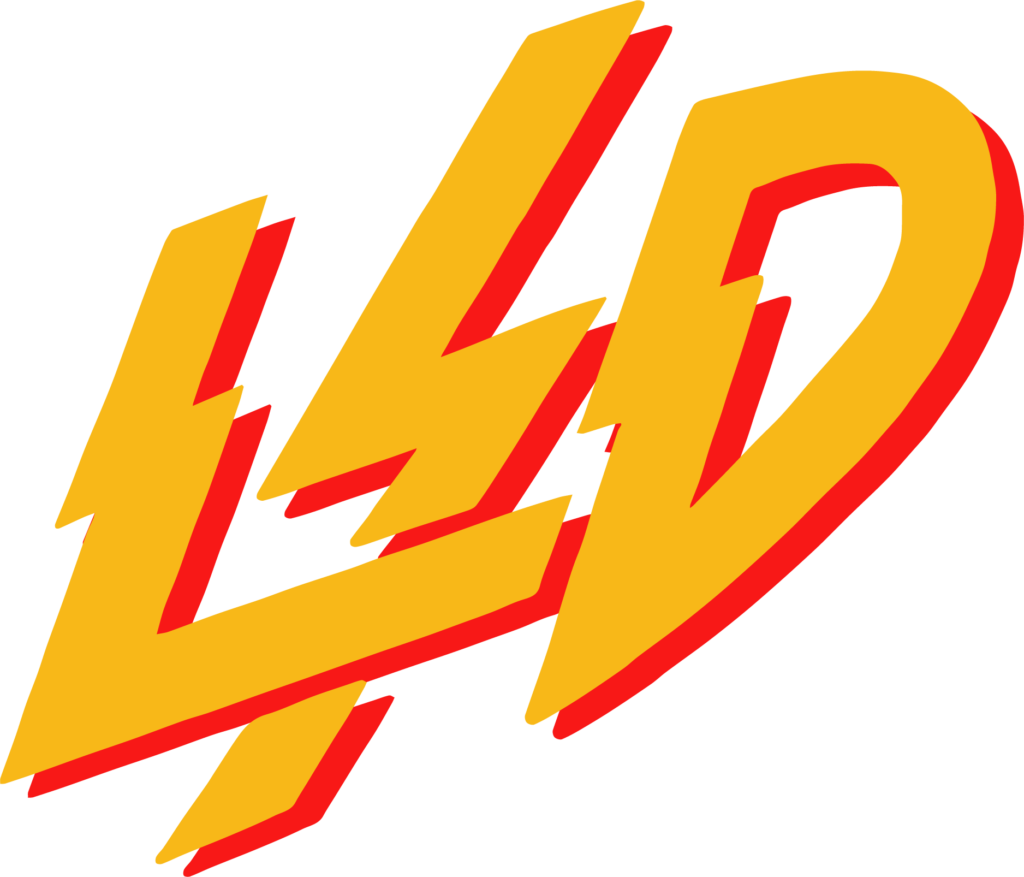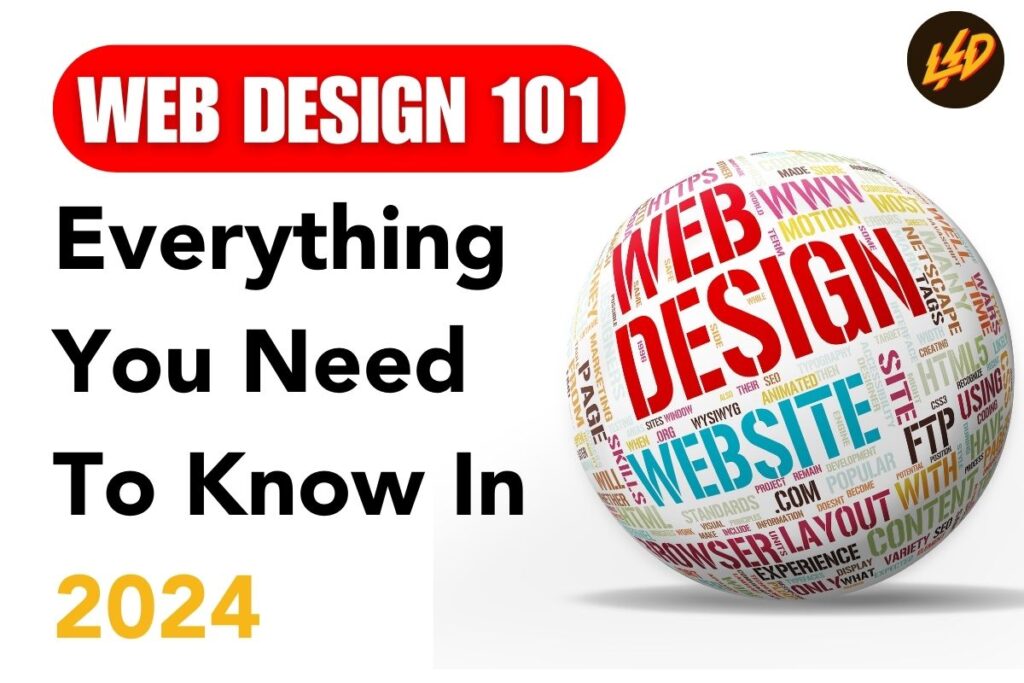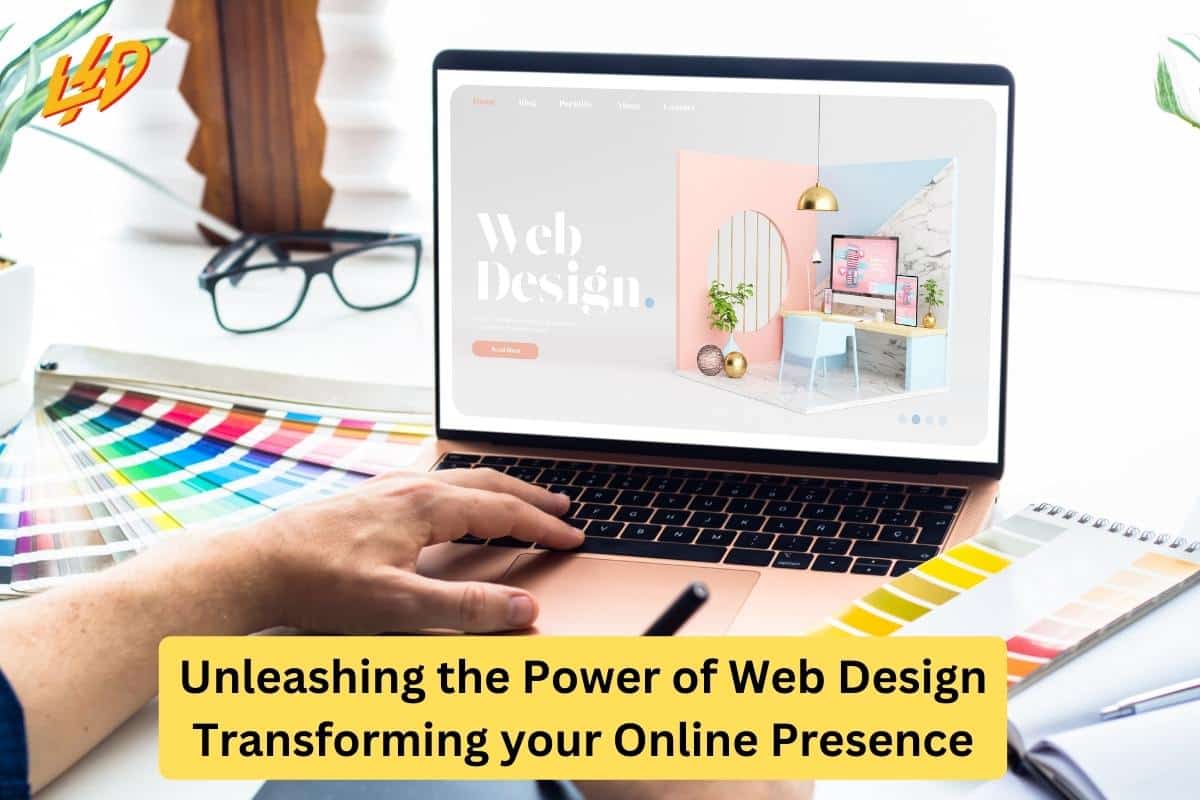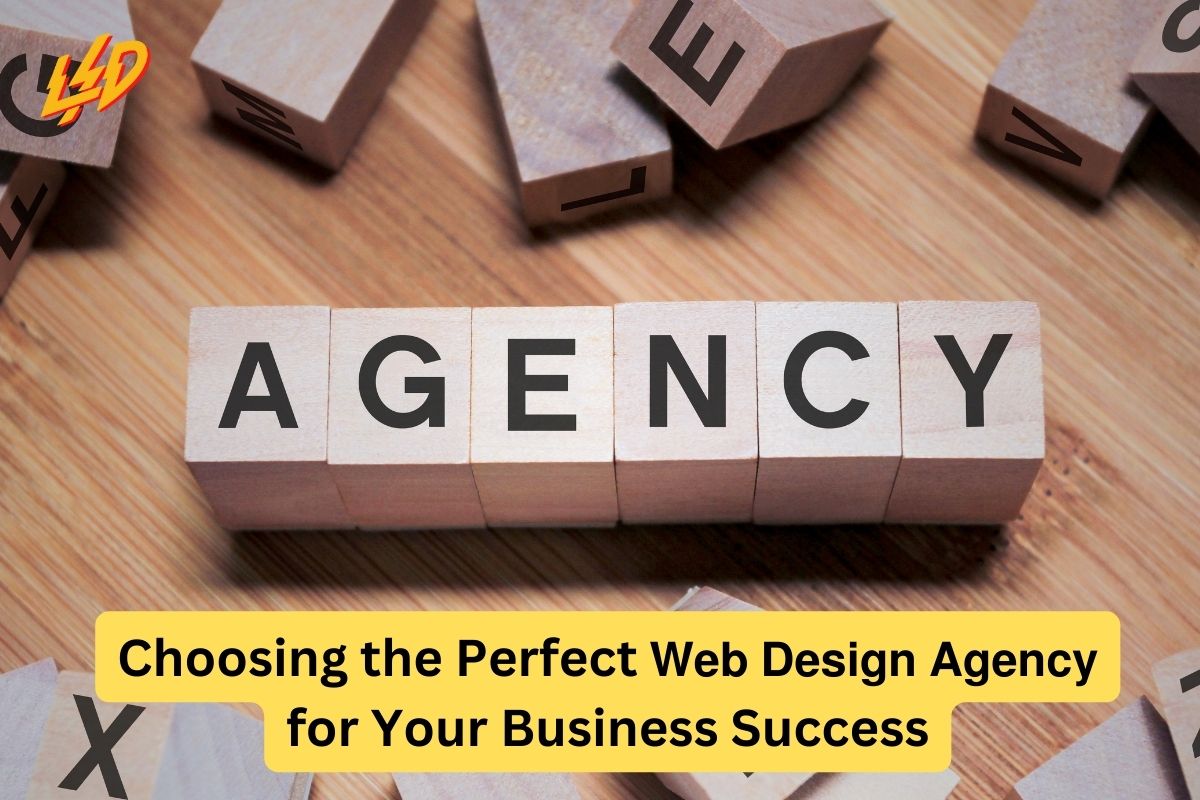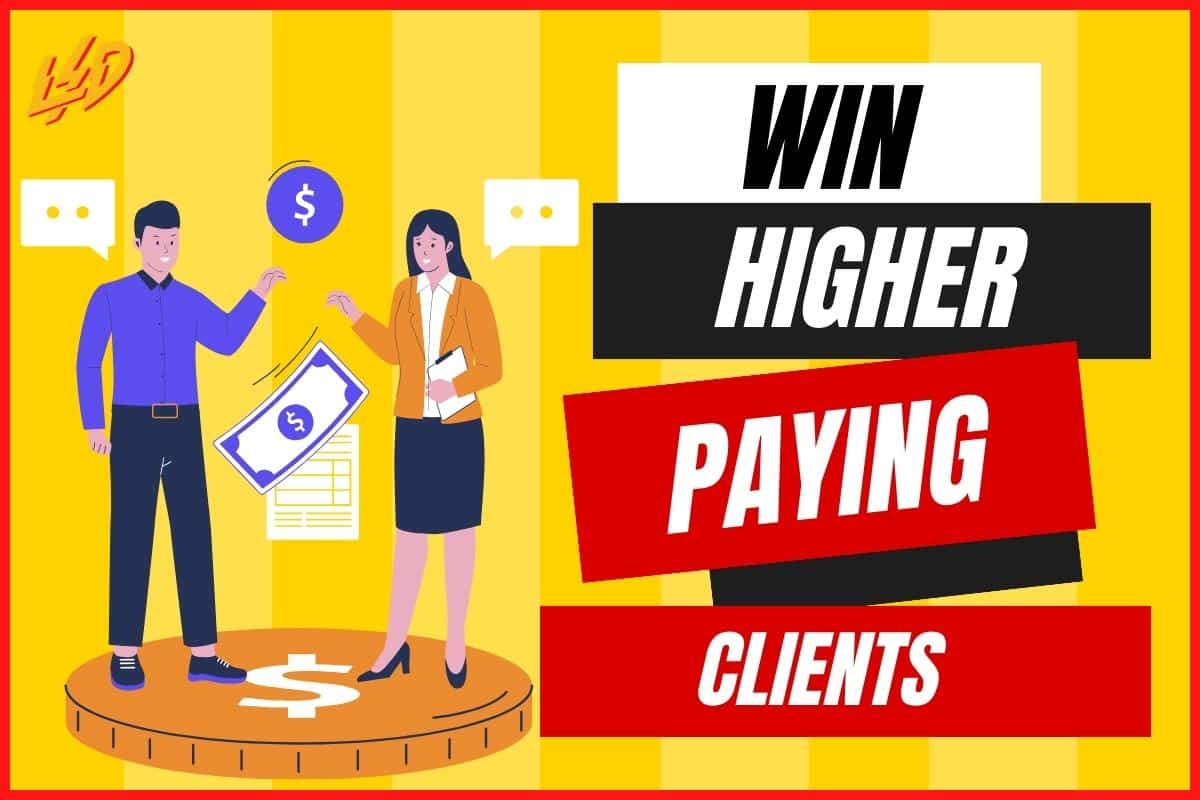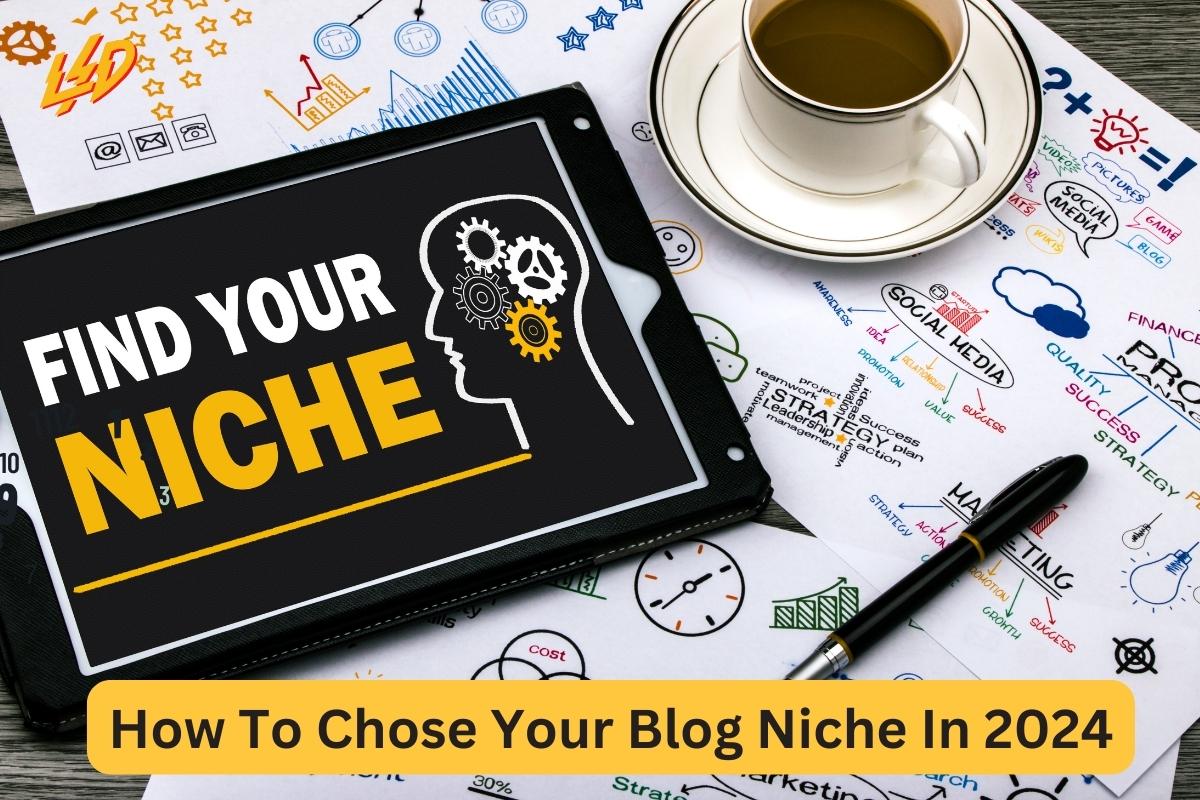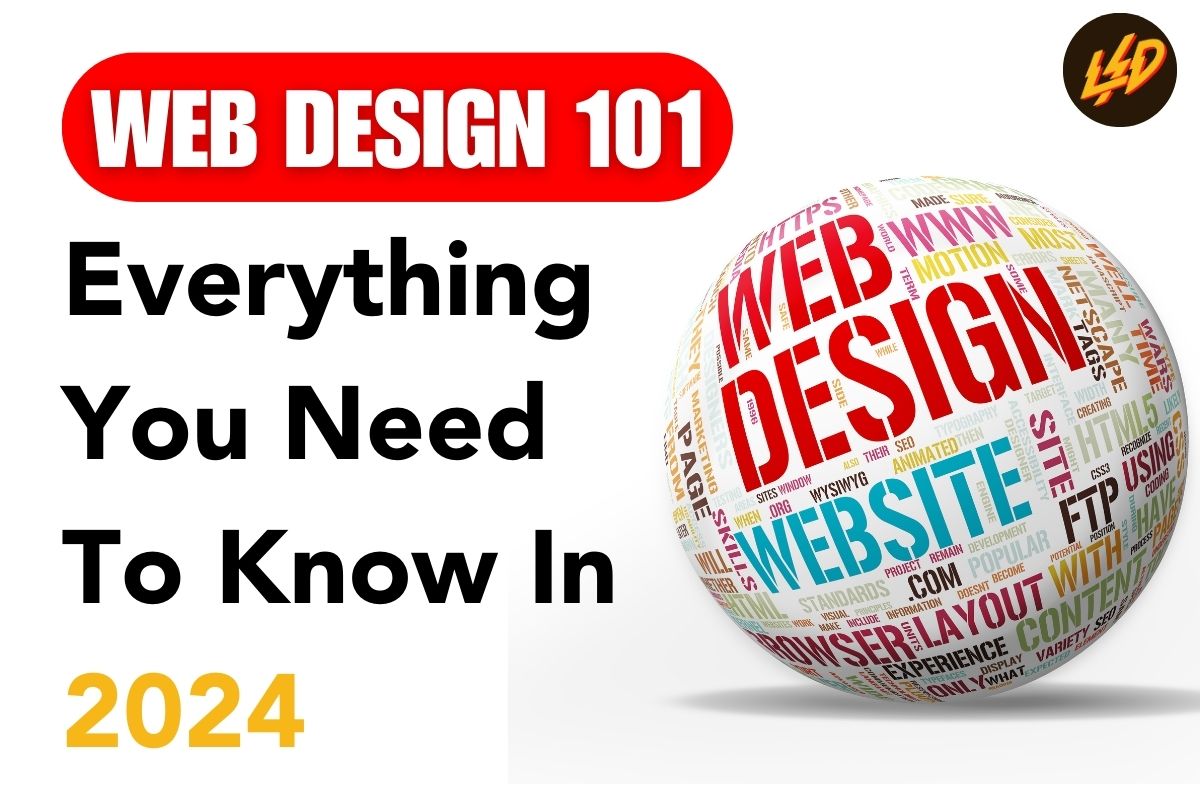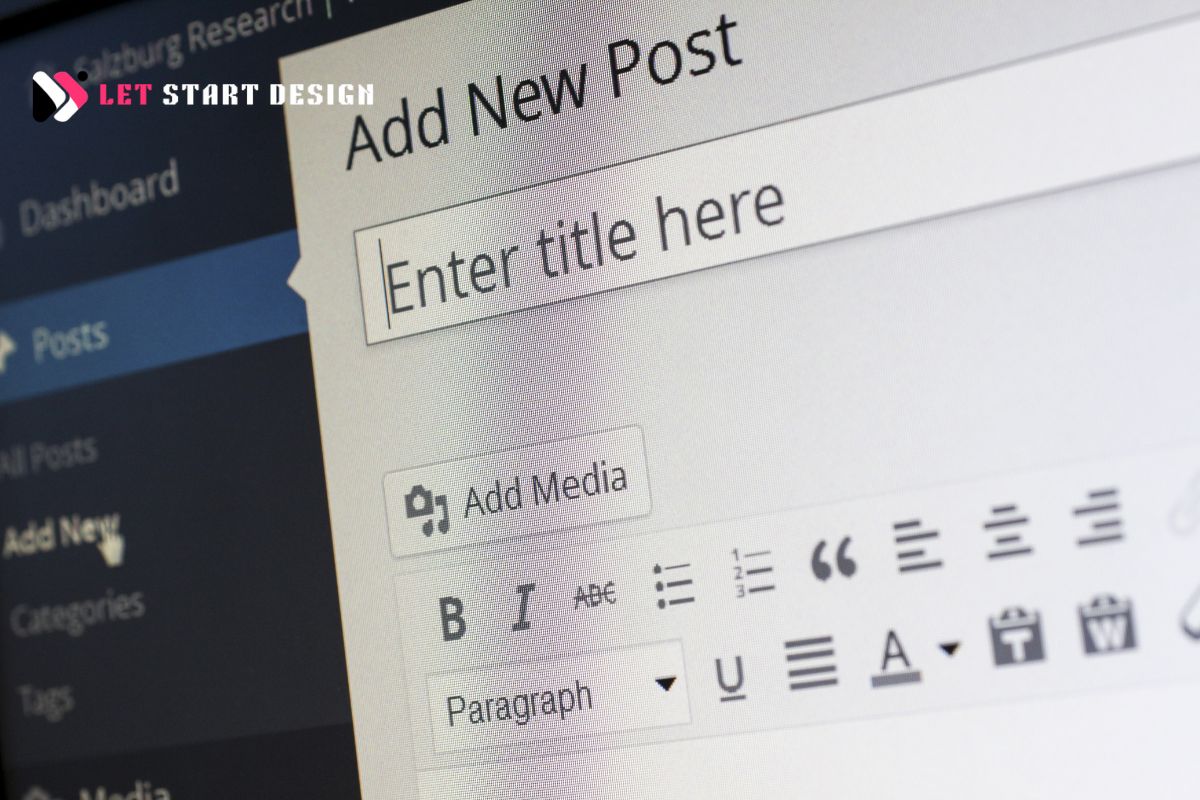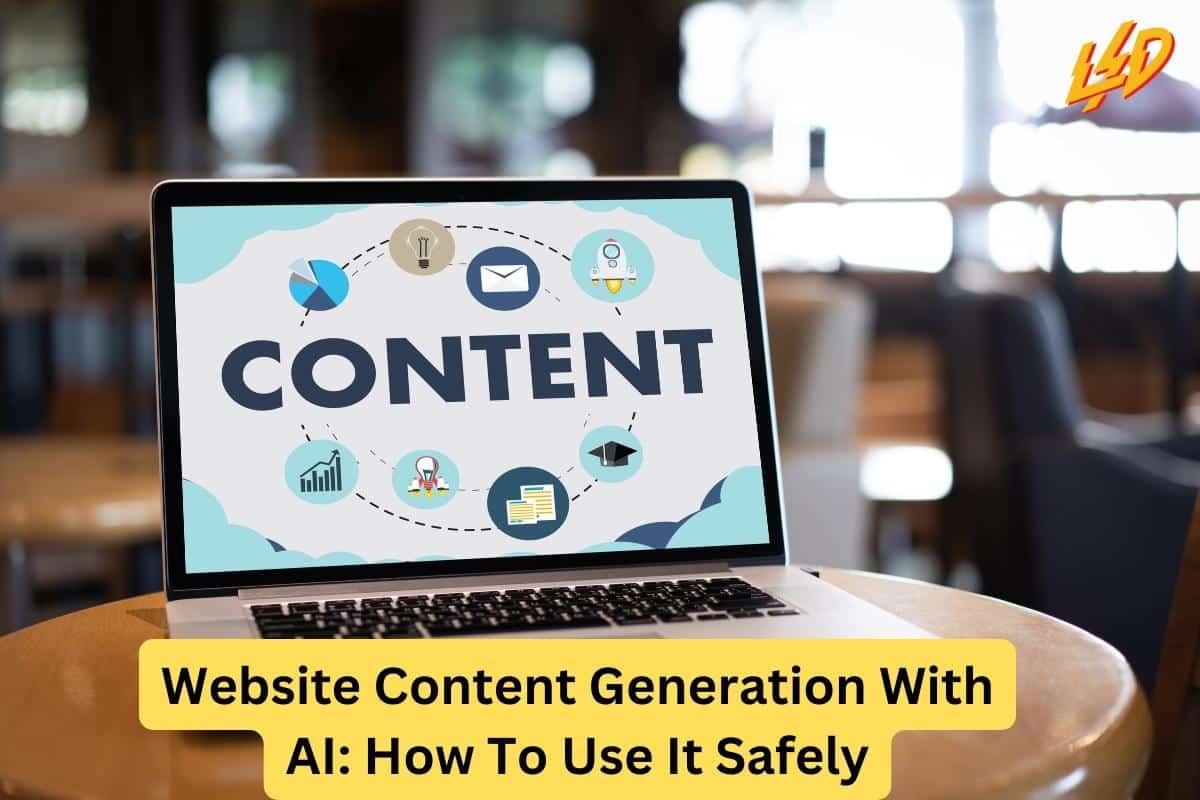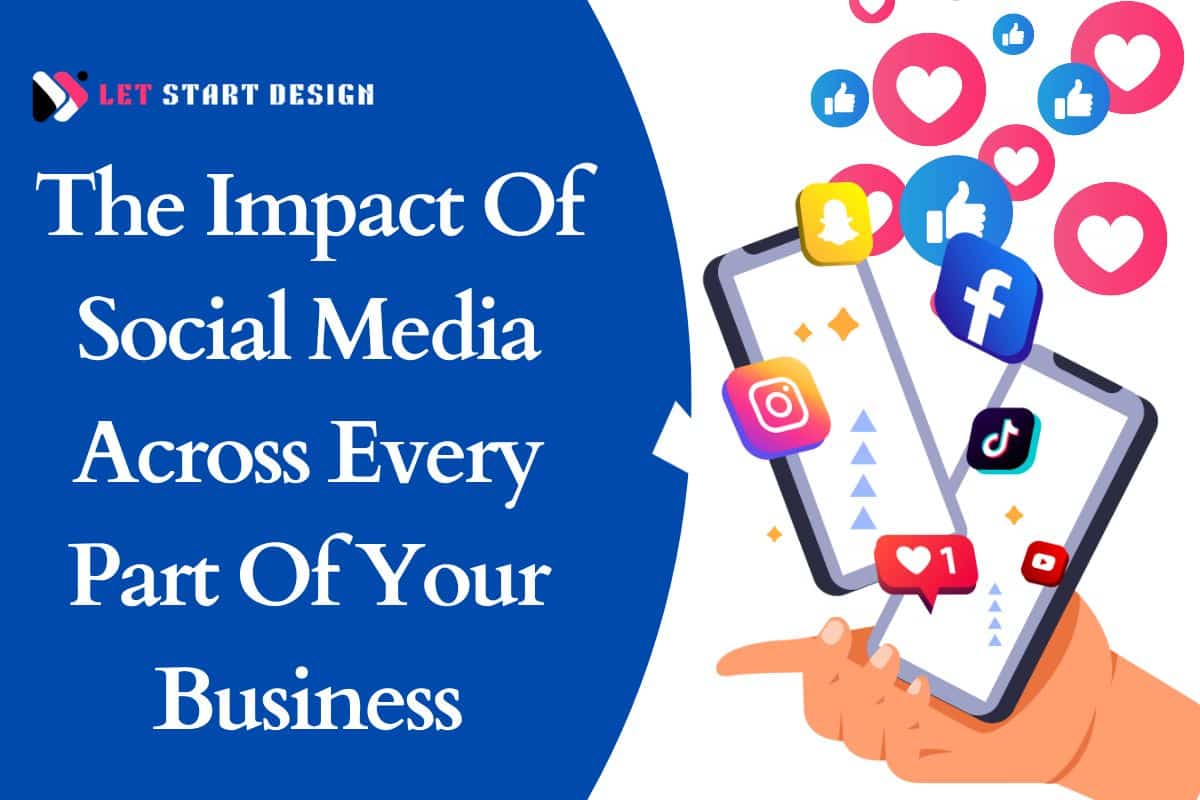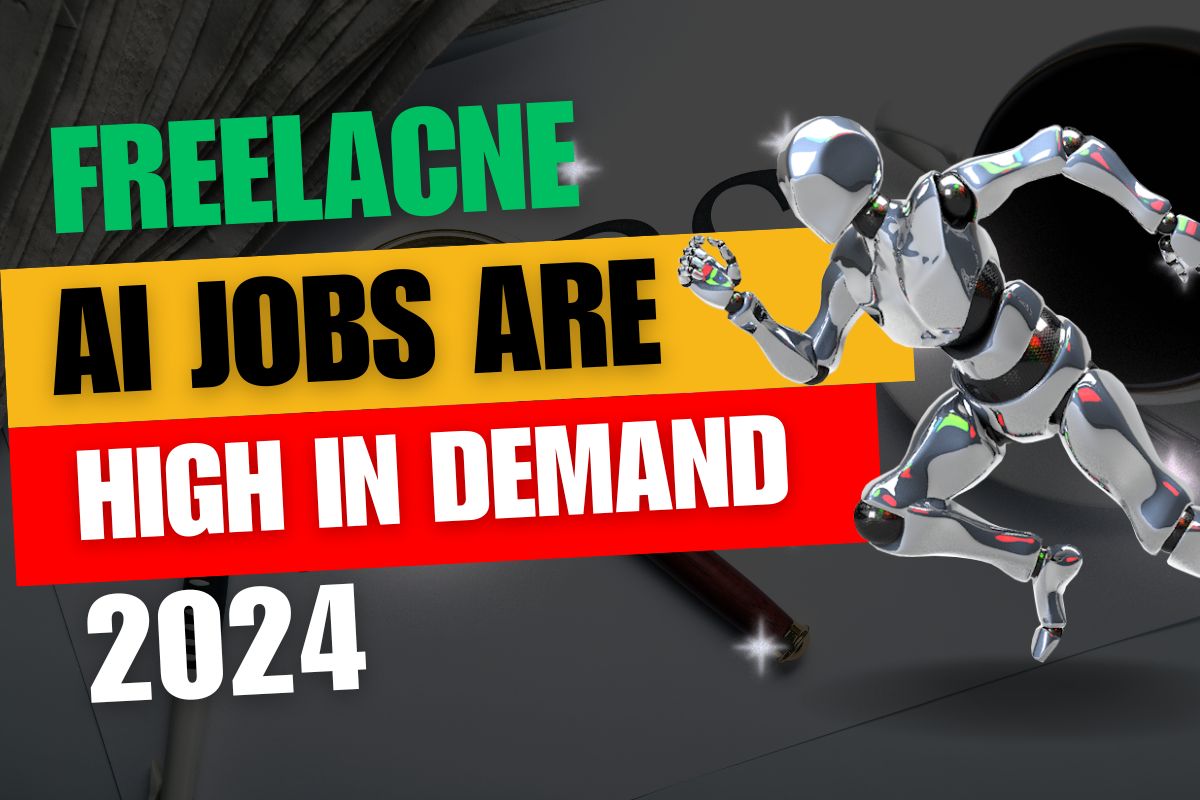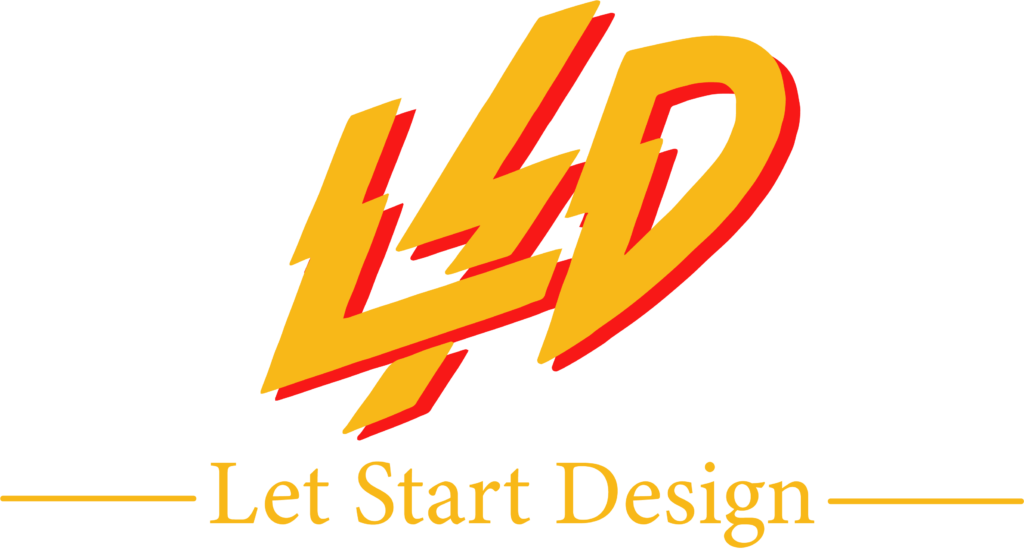In today’s digital age, the internet has become an essential part of our daily lives. It’s where we connect with friends and family, find answers to our questions, shop for products, and so much more. At the heart of our online experiences are websites, which serve as the gateways to all this information and interaction.
But have you ever stopped to consider what goes into creating these websites? Who decides where everything goes, what colors to use, or how things work? The answer lies in the art and science of web design.
But have you ever stopped to consider what goes into creating these websites? Who decides where everything goes, what colors to use, or how things work? The answer lies in the art and science of web design.
Web design is a fascinating blend of creativity and technical prowess. It involves not just the visual appearance of a website but also its functionality and user experience. It’s about creating digital spaces where aesthetics meet efficiency, where engaging visuals draw users in, and intuitive navigation guides them effortlessly to their desired destination.
Whether you’re a business owner looking to establish your online presence, a creative soul curious about digital aesthetics, or a tech enthusiast interested in the mechanics behind websites, understanding web design can open up a whole new world of possibilities.
This comprehensive guide aims to introduce you to the world of web design. We’ll explore what web design is, delve into its key elements and principles, and examine the tools and technologies that web designers use. We’ll also walk you through the process of designing a website and share some tips for effective web design. Whether you’re a complete novice or have some experience in the field, there’s something here for everyone.
So, are you ready to embark on this exciting journey into the realm of web design? Let’s get started!
1. Understanding Web Design
Web design is a multidisciplinary field that involves the creation and maintenance of websites. It’s a combination of various elements such as graphic design, user interface (UI) design, user experience (UX) design, search engine optimization (SEO), and content creation.
The Importance of Web Design
In the digital era, a website serves as a company’s virtual storefront. It’s often the first point of contact between a business and its potential customers. An effective web design not only draws visitors in but also encourages them to stay, explore, and eventually convert into customers.
A well-designed website also helps establish a company’s credibility. According to a Stanford University study, 75% of users judge a company’s credibility based on its website design. Therefore, businesses that invest in high-quality web design are likely to earn their visitors’ trust more easily.
Key Aspects of Web Design
Web design involves two key aspects: the front end and the back end. The front end, also known as client-side, is what users see and interact with. It includes everything from the layout and colors to typography and images.
On the other hand, the back end, or server-side, deals with the technical side of things. This includes server hosting, website structure, data management, and more. Both these aspects work together to create a seamless and enjoyable online experience for users.
The Role of a Web Designer
Web designers play a crucial role in creating effective websites. They’re responsible for the visual aspect of the site, including layout, color scheme, and typography. Besides aesthetics, they also work on enhancing the user experience. They ensure that the website is easy to navigate, the content is readable and engaging, and the overall design aligns with the company’s brand identity.
Furthermore, web designers need to consider the website’s performance and compatibility across different devices and browsers. They also need to ensure that the website is optimized for search engines to improve its visibility online.
Why Learn Web Design
Learning web design can open up a multitude of opportunities. If you’re a business owner, it can help you create an effective online presence for your brand. If you’re a creative individual, it can provide a platform to showcase your skills and creativity. And if you’re looking to switch careers or enhance your skillset, web design is a sought-after field with a promising outlook.
Moreover, web design is a rewarding field that allows you to blend creativity with technology. It offers the satisfaction of creating beautiful designs that serve a practical purpose. Plus, with the internet being such a vital part of our lives, the fruits of your labor are likely to be seen and appreciated by many.
2. Elements of Web Design
Web design is like a puzzle, with various elements coming together to create the complete picture. Each element serves a specific purpose and contributes to the overall user experience. Here, we’ll explore these key elements in detail and provide tips on how to effectively incorporate them into your web design.
Layout
The layout refers to how different elements such as text, images, and buttons are arranged on a webpage. It’s one of the first things users notice when they visit a website, and it plays a crucial role in guiding them through the site.
Tip: Keep your layout clean and organized. Use a grid-based layout to align elements neatly. Make sure important information is easily visible and not cluttered by too many elements.
Example: Websites like Apple and Google use minimalist layouts with plenty of white space, making it easy for users to focus on key information.
Color
Color can evoke emotions, convey messages, and create an aesthetic appeal. The right color scheme can enhance user engagement and contribute to your brand identity.
Tip: Choose a color scheme that matches your brand’s personality. Use contrasting colors for text and background to ensure readability. Also, consider color psychology and how different colors can influence your users’ perception.
Example: Facebook uses a simple blue and white color scheme, which not only aligns with their branding but also promotes a sense of trust and reliability.
Typography
Typography involves the use of fonts to make text readable, legible, and visually appealing. It can greatly influence the mood and tone of your website.
Tip: Limit your design to 2-3 typefaces to avoid a cluttered look. Choose fonts that are easy to read and reflect your brand’s style. Also, ensure your font sizes are suitable for different devices.
Example: Medium, an online publishing platform, uses clean and simple typography that enhances readability and creates a sophisticated look.
Images
Images can communicate complex messages quickly and effectively. They add visual interest to a webpage and can greatly enhance user engagement.
Tip: Use high-quality images that are relevant to your content. Optimize your images for faster loading times. Also, consider using original photos or illustrations to add a unique touch to your website.
Example: Airbnb uses high-quality images of their listings, which not only adds visual appeal but also provides users with a clear idea of what they’re booking.
Navigation
Navigation refers to the system that allows users to move around a website. A well-designed navigation system makes it easy for users to find the information they’re looking for, leading to a better user experience.
Tip: Keep your navigation menu simple and intuitive. Use clear labels for your menu items. Also, include a search function for larger websites to help users find information quickly.
Example: Amazon has a comprehensive navigation system with a multi-level dropdown menu, allowing users to browse through a wide range of categories easily.
Content
Content is the heart of any website. It provides users with the information they’re looking for and plays a key role in SEO.
Tip: Create engaging and valuable content for your users. Make sure your content is well-structured and easy to read. Also, include relevant keywords in your content to improve your website’s search engine ranking.
Example: Websites like BuzzFeed and The New York Times are known for their high-quality, engaging content.
3. Principles of Good Web Design
Web design is more than just creating an aesthetically pleasing website. It’s about crafting an online space that is not only visually engaging but also user-friendly, functional, and aligned with the brand’s message. To achieve this, web designers follow certain principles that guide their work. Here are some of these principles explained in detail:
1. Clarity of Purpose
Every good website starts with a clear purpose. What do you want your visitors to do on your site? Whether it’s to read blog posts, shop for products, or get information about your services, your website’s design should support its purpose.
For instance, if your website’s main purpose is e-commerce, your design should make browsing and purchasing products as easy and intuitive as possible. On the other hand, if it’s an informational site, the design should prioritize readability and ease of finding information.
2. Simplicity
In web design, less is often more. A clean, uncluttered design helps users focus on what’s important without being overwhelmed by too many elements. This involves using whitespace effectively, keeping the layout simple, and avoiding unnecessary features that can distract from the main content.
3. Usability and Navigation
Usability is all about how easy it is for users to use your website. The navigation should be intuitive, with important links easily accessible. It’s also essential to ensure your site loads quickly, as users tend to abandon sites that take too long to load.
4. Consistency
Consistency in web design means keeping the same look and feel across all pages of your website. This includes consistent use of colors, fonts, and layout. Consistency makes your site look professional and improves the user experience by making navigation easier.
5. Mobile Responsiveness
With more people accessing the internet from their mobile devices, websites must be mobile-friendly. This means your website should look and work well on all devices, including desktops, laptops, tablets, and smartphones.
6. Visual Hierarchy
Visual hierarchy is the arrangement and presentation of elements in a way that indicates their importance. It guides users through your content in the order you want them to follow. You can create a visual hierarchy through variations in size, color, and placement of elements.
7. Content Quality
High-quality content is vital for any website. Not only does it provide value for your users, but it also helps improve your site’s SEO. Make sure your content is engaging, easy to read, and free from errors.
8. User Engagement
An engaging website encourages users to spend more time on your site and take desired actions. You can boost user engagement by adding interactive elements to your site, such as contact forms, comment sections, and interactive infographics.
9. Accessibility
A good website should be accessible to everyone, including people with disabilities. This involves making sure your site is compatible with assistive technologies and following accessibility best practices, such as providing alt text for images and ensuring sufficient color contrast.
10. Search Engine Optimization (SEO)
SEO involves optimizing your website so it can be easily found by search engines. This includes using relevant keywords in your content, optimizing page load times, and ensuring your site is mobile-friendly.
By understanding and applying these principles, you can create a website that is not only visually appealing but also user-friendly, engaging, and effective in fulfilling its purpose. Remember, the goal of web design is to create a site that delivers value to its users and meets the objectives of the business.
4. Web Design Tools and Technologies
In the world of web design, tools and technologies are your allies. They help streamline your workflow, enhance your designs, and make the process of creating a website more efficient and enjoyable. Whether you’re a beginner or an experienced designer, understanding and utilizing these tools can significantly improve your web design skills. Here’s a detailed look at some of the top web design tools and technologies for 2023:
1. Wix
Wix is a cloud-based web development platform that allows users to create HTML5 websites through a simple drag-and-drop interface. It comes with hundreds of templates, unlimited pages, and top-grade hosting free of charge. Wix also provides advanced features like Wix Code and Wix SEO Wiz to cater to more experienced designers and developers.
2. Squarespace
Squarespace is known for its sleek, visually appealing templates, making it a favorite among designers who prioritize aesthetics. It also offers robust blogging capabilities, rich photo galleries, and a host of services like email marketing and ecommerce solutions.
3. Shopify
Shopify is a leading ecommerce platform that makes it easy for businesses to start, run, and grow their online store. It offers a range of templates that can be customized to meet your brand’s style and needs. Shopify also integrates with various apps to extend your store’s functionality.
4. WordPress
WordPress is one of the most popular content management systems (CMS) in the world. It offers thousands of themes and plugins, giving you the flexibility to create virtually any kind of website. Plus, it’s SEO-friendly and highly customizable.
5. Adobe Dreamweaver
Adobe Dreamweaver is a professional tool that combines a visual design surface known as Live View and a code editor with standard features like syntax highlighting, code collapsing, and code generation. It allows you to design, code, and manage websites.
6. Figma
Figma is a cloud-based design tool that allows multiple designers to collaborate in real-time. It’s known for its smooth interface, powerful features, and robust community. With Figma, you can create, prototype, and get feedback in one place.
7. Google Web Designer
Google Web Designer is a free, professional-grade HTML5 authoring tool. It offers a simple way to design engaging, interactive HTML5 content. You can also create animations and advertisements.
8. ClickUp
ClickUp is a project management tool that helps teams plan, organize, and collaborate on tasks. For web designers, it can be useful for tracking design progress, managing tasks, and collaborating with clients and team members.
9. Canva
Canva is a graphic design tool that comes with thousands of templates for social media posts, presentations, flyers, invitations, and more. It’s user-friendly and perfect for beginners.
10. Marvel
Marvel is a design platform that allows users to create interactive prototypes. It’s a great tool for testing your designs and getting feedback before moving on to the development stage.
11. Trello
Trello is another project management tool that uses boards, lists, and cards to organize and prioritize projects. It’s flexible and visual, making it a popular choice among web designers.
12. Webflow
Webflow is a web design tool that allows designers to build responsive websites without any coding. It also includes CMS and eCommerce platforms.
13. Adobe XD
Adobe XD is a vector-based tool for designing and prototyping user experiences for web and mobile applications. It’s part of Adobe’s Creative Cloud suite and integrates well with other Adobe products.
14. Coolors
Coolors is a super fast color scheme generator that creates, saves, and shares beautiful color palettes in seconds. It’s a handy tool for web designers to create color schemes.
15. Balsamiq
Balsamiq is a rapid wireframing tool that helps you work faster and smarter. It reproduces the experience of sketching on a whiteboard, but using a computer.
Remember, the right tools can make your work easier, faster, and more fun. So, explore these tools and see which ones fit best into your workflow.
5. Steps to Design a Website
Designing a website can feel like a daunting task, especially for beginners. But don’t worry – it’s not as complicated as it seems. By breaking the process down into manageable steps, you can design a website that looks great and meets your goals. Here are the detailed steps to take when designing a website:
Step 1: Define Your Site’s Purpose
Before you start designing, it’s crucial to clearly define the purpose of your website. What do you want to achieve with your site? Who is your target audience? These are some of the questions you should answer at this staging.
Step 2: Choose Your Platform
Next, choose the platform on which you’ll build your website. There are many options available, including Wix, Squarespace, WordPress, and Shopify. Each platform has its advantages and is suited to different types of websites.
Step 3: Gather Your Brand Elements
Your brand elements include your logo, brand colors, and typography. These elements should be consistent across your website to create a cohesive look and feel that represents your brand.
Step 4: Select a Template or Theme
Most website platforms offer a variety of templates or themes that you can use as a starting point for your design. Choose one that aligns with your brand and the purpose of your site.
Step 5: Customize Your Design
Once you’ve chosen a template, it’s time to customize it. This includes changing the colors, fonts, and images to match your brand, as well as adjusting the layout to meet your needs.
Step 6: Set Up Your Pages
Decide on the pages you need for your website, such as Home, About, Services, and Contact. Then, create these pages and add relevant content.
Step 7: Add Functionalities
Depending on the purpose of your site, you may need to add certain functionalities, such as a contact form, eCommerce capabilities, or social media integration.
Step 8: Test and Publish Your Website
Before publishing your website, make sure to test it thoroughly. Check that all links work, the layout looks good on different devices, and there are no spelling or grammar errors. Once everything is in order, you’re ready to publish your website.
Step 9: Monitor and Update Your Website
After your website is live, it’s important to monitor its performance and keep it updated. This includes regularly adding new content, updating old content, and making tweaks to improve user experience.
Remember, designing a website is an ongoing process, and it’s okay to start with a simple design and improve it over time. As long as your website serves its purpose and provides value to visitors, you’re on the right track.
6. Tips for Effective Web Design
Web design is a critical component of a successful online presence. It’s not just about making a site look good; it’s about making it work well too. Effective web design enhances user experience, conveys your brand identity, and helps drive conversions. Here are some detailed, research-backed tips to help you create an effective web design:
1. Keep the Homepage Minimalistic and Free of Clutter
Your website’s homepage often serves as the first impression for your visitors. If it’s cluttered with too much information, users could feel overwhelmed and leave. Instead, aim for a clean design that highlights the most important content. Use whitespace strategically to give elements room to breathe, making it easier for users to focus and understand your message.
2. Use Visual Hierarchy
Visual hierarchy is a powerful tool in web design that helps guide users’ eyes to the most critical parts of your website. By arranging elements based on their importance, you can influence the order in which people take in information. Elements like size, color, contrast, and alignment can all affect visual hierarchy. For example, larger fonts or brighter colors naturally draw the eye, as do elements placed higher up on a page or towards the left of a layout (for languages that read left-to-right).
3. Use Simple Language
The language you use on your website should be simple and easy to understand. Avoid using industry jargon or complex terms that may confuse your audience. Instead, aim for clear, concise language that communicates your message effectively. This not only improves user experience but also boosts your website’s accessibility.
4. Incorporate Responsive Design
With more and more people browsing the web on mobile devices, responsive design has become crucial. A responsive website adjusts its layout based on the screen size of the device it’s being viewed on. This ensures your website looks good and functions well, regardless of whether it’s being viewed on a desktop, tablet, or smartphone. It also helps improve your site’s SEO rankings, as search engines favor mobile-friendly websites.
5. Maintain Consistent Typography
Typography plays a significant role in your website’s look and readability. Maintaining consistent typography means using a set of defined fonts, sizes, and styles across your website. This creates a cohesive look and feel and enhances the overall user experience. It’s generally advisable to limit yourself to two or three typefaces for consistency.
6. Optimize Load Speed
Website load speed is a critical factor in user experience. A slow-loading website can frustrate users and may lead to higher bounce rates. You can optimize your website’s load speed by compressing images, minimizing CSS, JavaScript, and HTML, reducing redirects, and leveraging browser caching.
Let Start Design: Your One-Stop Solution for All Web Development Needs
At Let Start Design, we offer a broad range of high-quality web development services to help you create a standout online presence. Our expertise spans across various platforms such as WordPress, Shopify, Wix, WooCommerce, Envato, and Elementor.
Whether you’re looking to start an e-commerce store or a simple blog, our team of certified web development experts has got you covered. We bring proficiency in WordPress, Shopify, and Wix to the table, ensuring your website is not just visually appealing but also highly functional.
Our Web Development Process
Our web development process is meticulously designed to deliver excellent results every time. Here’s how we do it:
1. Web Development Consultation & Requirements Analysis: We start by understanding your business goals and specific requirements, which forms the basis of our development strategy.
2. Crafting Your Web Development Roadmap: Based on the initial consultation, we create a comprehensive roadmap outlining the project’s trajectory.
3. Web Development Blueprint & Structure Design: We design a detailed blueprint of your website, focusing on user experience and interface design.
4. Web Development Design & Implementation: Once the blueprint is approved, we move towards the design and implementation phase, where we bring your vision to life.
5. Web Development Deployment & Performance Optimization: After rigorous testing, we deploy your website and continuously monitor its performance, making necessary optimizations along the way.
Why Choose Let Start Design?
Let Start Design is not just about creating stunning websites; we’re about crafting digital experiences that resonate with your audience. We tailor solutions to fit your specific needs and goals, staying on the cutting edge of technology to deliver the best results.
We believe in transparency and open communication, keeping you involved at every stage of the development process. Plus, our relationship doesn’t end once your website is live. We offer ongoing maintenance and support, ensuring your online presence remains strong and relevant.
Frequently Asked Questions
We understand you might have questions about our services. Here are some common ones we get asked:
Can I switch my website from one platform to another?
Yes, we can help with that. Our team has expertise in various platforms and can guide you through the transition process.
How do you ensure that my website is responsive and mobile-friendly?
We design all our websites with responsiveness in mind. This means they’ll look great and function well on all devices, whether it’s a desktop, tablet, or smartphone.
Can I request changes to my website after it’s live?
Absolutely! We offer ongoing maintenance and support, which includes making any changes you need after your website goes live.
How long does it take to complete a web development project?
The timeline for a web development project can vary based on its complexity and specific requirements. We’ll provide an estimated timeline during our initial consultation.
Do you provide SEO services along with web development?
Yes, we do. We understand the importance of SEO in today’s digital landscape and offer it as part of our comprehensive web development services.
Read More: How to Find WordPress Clients
Get in Touch
Ready to start your web development journey with us? Contact us info@letstartdesign.com. We’re based in Pakistan, but our services reach clients worldwide.
For more details about our services, check out our service page.
Final Words
Web design is a dynamic and exciting field that requires a combination of creative and technical skills. Whether you’re a beginner or an experienced designer, there’s always something new to learn. By understanding and implementing the principles and techniques discussed in this guide, you’ll be well on your way to creating effective and engaging websites.
